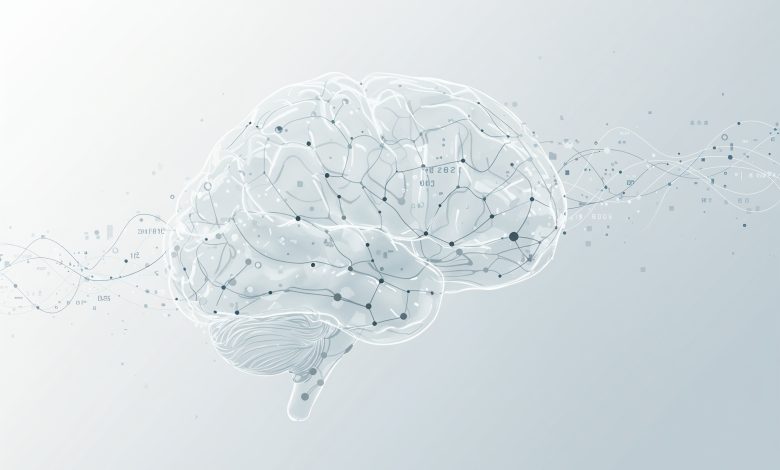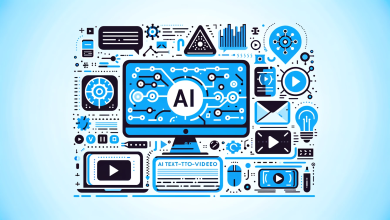
After completing several AI-driven projects and spending the past 15 years both learning from and teaching about artificial intelligence, I’ve developed a framework that guides how we approach Ethical AI Practice. There isn’t a one-size-fits-all checklist, but there are practical principles that shape a more responsible AI culture. These principles evolve as technology does; they’re long-term commitments, not one-time actions.
- Always know where your data originates and obtain it with consent whenever possible. Encourage diverse perspectives, as they help identify biases homogeneous teams often miss.
- Test models with real-world data, not ideal scenarios. Keep design decisions traceable and understandable to both developers and users.
- Build systems that respect ownership, prevent duplication, and keep humans involved in decisions that affect people’s rights or wellbeing.
- Always assess social and economic consequences before deploying technology, not after.
Rethinking What Ethics Means in AI
Generative AI has blurred the boundaries of creativity. It can create art, music, and literature in seconds but usually by remixing thousands of existing works. Without proper regulation, it risks exploiting creators whose work becomes training material without permission. Intellectual property rights are not just legal matters; they are ethical foundations. Protecting human creativity should remain central to how we train and use AI models (Harvard Business Review: https://hbr.org/).
Ethical AI isn’t about restricting innovation but about redefining what responsibility means. Technology can empower people, but it must not replace or consume the creative value that fuels it.
The Challenge of Bias
Every dataset tells a story, and every story carries bias. AI doesn’t generate prejudice, but it can amplify it. When past data is used to predict future behaviour, the system inherits historical inequities. Recruitment platforms have shown bias towards certain names or genders, while credit scoring models and facial recognition tools have disproportionately penalised specific groups (MIT Technology Review: https://www.technologyreview.com/).
Solving bias requires more than technical fixes. It needs awareness, diversity, and critical thinking. Teams should question assumptions, data sources, and outputs throughout development. Bias checks shouldn’t come at the end but begin with data gathering and continue post-launch. Fairness metrics and algorithmic audits are useful, but they’re only effective when bias is treated as a human issue, not just a mathematical one.
Transparency: From Black Box to Glass Box
Explainable AI is more than a technical feature; it’s a social agreement. People deserve to know how AI makes decisions that affect their lives. Whether in content moderation or financial risk scoring, transparency builds trust. When users understand how a system works, they’re more likely to engage with it responsibly.
Organisations must prioritise clarity in model design and communication. Transparent processes also protect against misuse and strengthen accountability. The more understandable the system, the easier it becomes to correct errors and improve performance (European Commission AI Act: https://digital-strategy.ec.europa.eu/en/policies/european-approach-artificial-intelligence).
Accountability Beyond Code
True accountability means openness with users. When AI systems fail, silence erodes trust faster than the failure itself. Acknowledging mistakes and correcting them publicly creates credibility. Responsible developers and organisations must take ownership of their tools, not just their code.
Transparency and accountability go hand in hand. When both are present, users feel seen and respected, even when outcomes aren’t perfect.
Balancing Innovation and Responsibility
Ethics and innovation must progress together. The pace of development shouldn’t outstrip reflection. Each breakthrough deserves a moment of consideration, not to slow innovation but to ensure its impact aligns with human values. When accountability scales alongside innovation, the result is sustainable progress.
The Role of Policy and Cooperation
Regulation is catching up. The European Union’s AI Act and the UK’s evolving frameworks aim to create balance between safety and innovation (UK Government AI White Paper: https://www.gov.uk/government/publications/ai-regulation-a-pro-innovation-approach). Yet laws alone can’t keep pace with technology. Cooperation is key.
Technologists, policymakers, ethicists, and the public must work together to define acceptable AI behaviour. Shared values, not imposed rules, should guide what is considered ethical. The dialogue between society and technology developers will shape the next decade of AI development. If collaboration continues, AI can become a tool of global progress. If ignored, it risks becoming a source of distrust and division.
Looking Ahead
The next generation of AI systems must rest on three guiding principles: fairness, transparency, and accountability. Fairness ensures equality in outcome. Transparency ensures understanding of process. Accountability ensures that when mistakes occur, there is learning and adaptation.
Ethical AI is not about perfection. It’s about progress with awareness. The goal is to build systems that reflect our shared values: human, transparent, and just.




